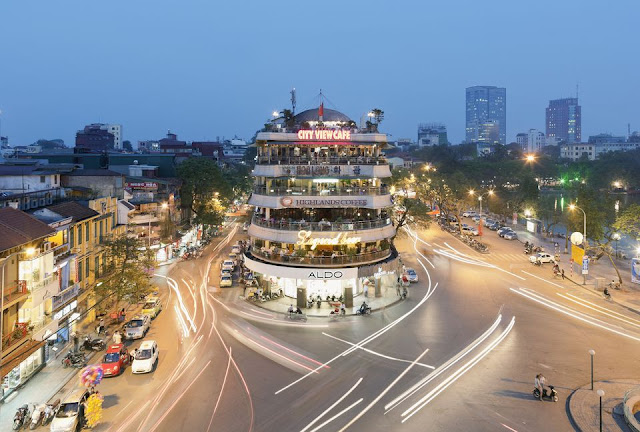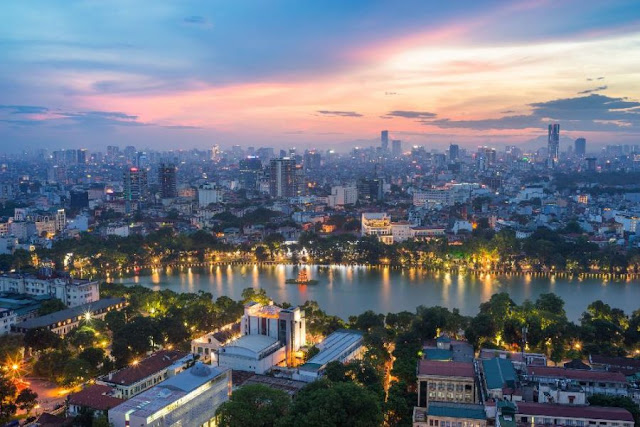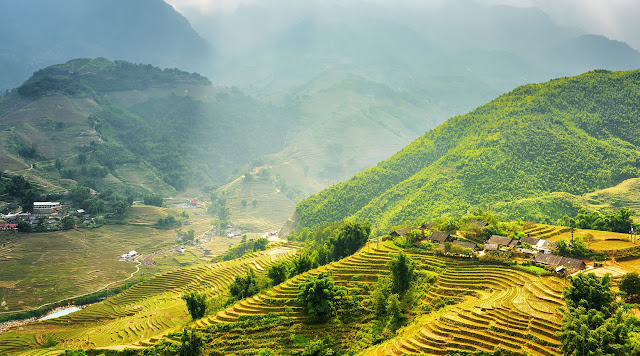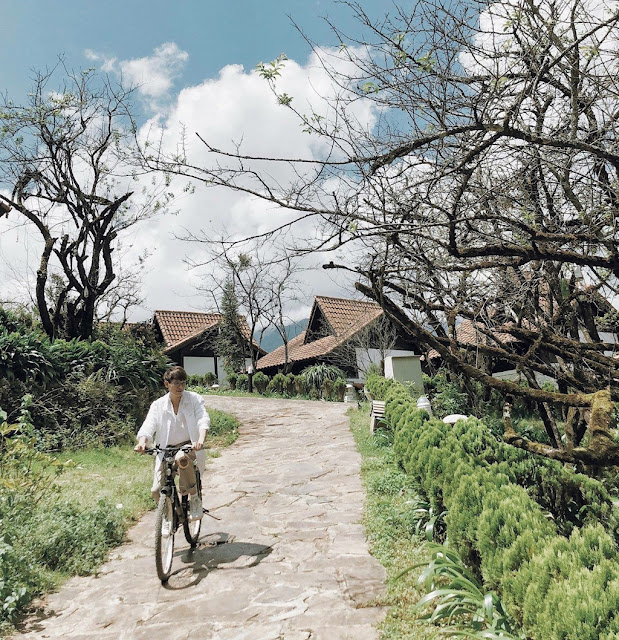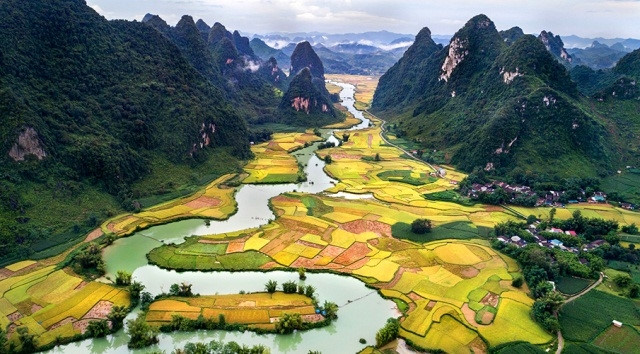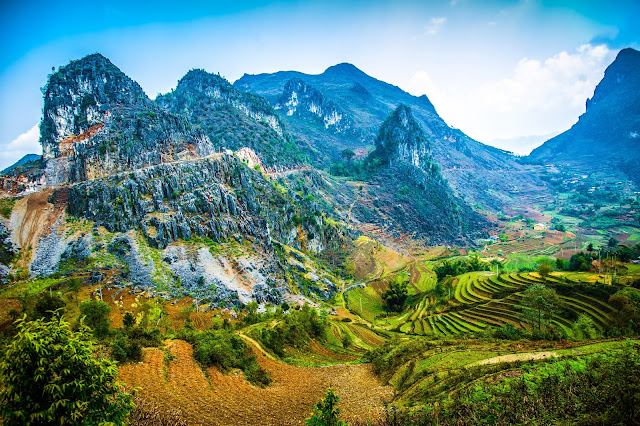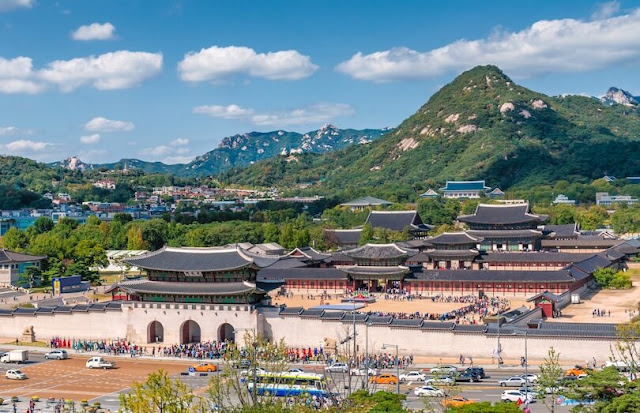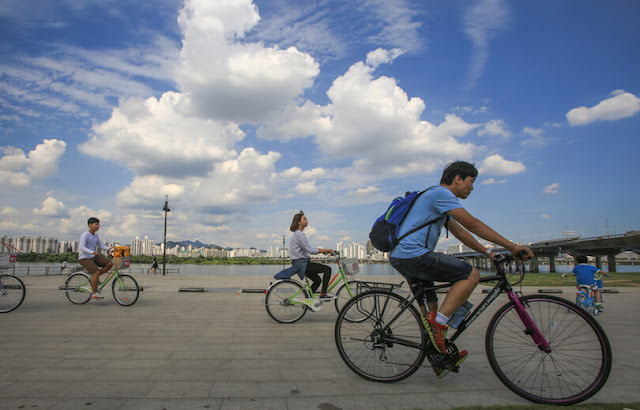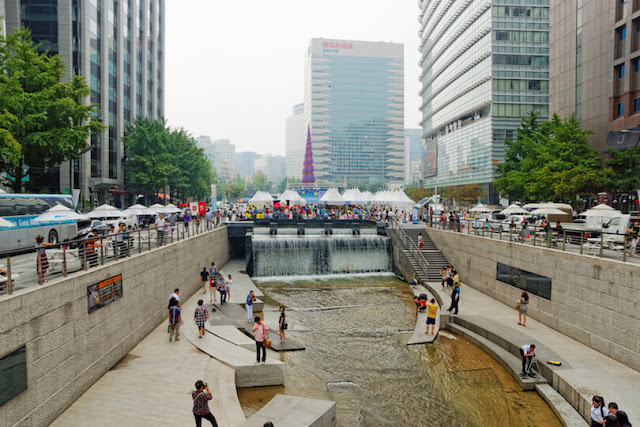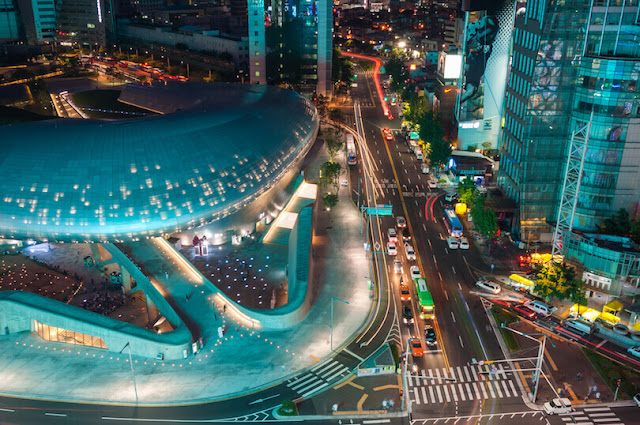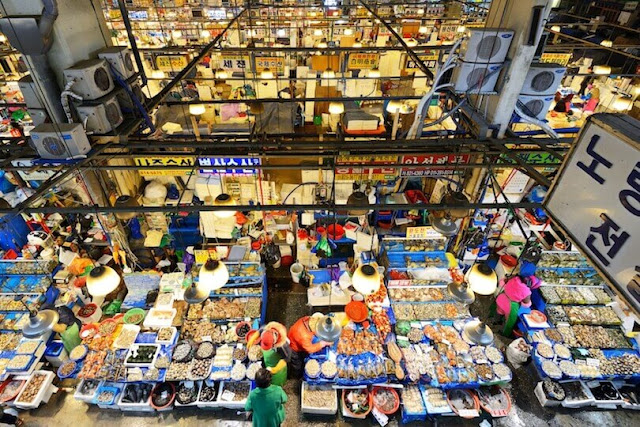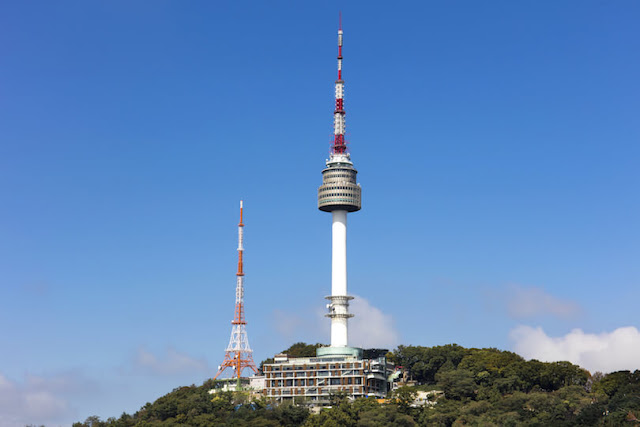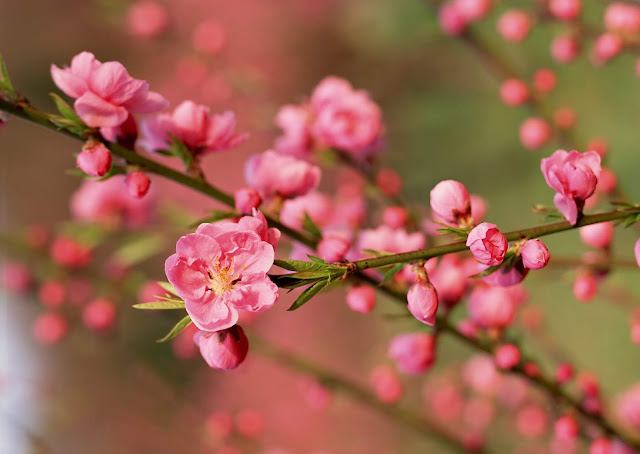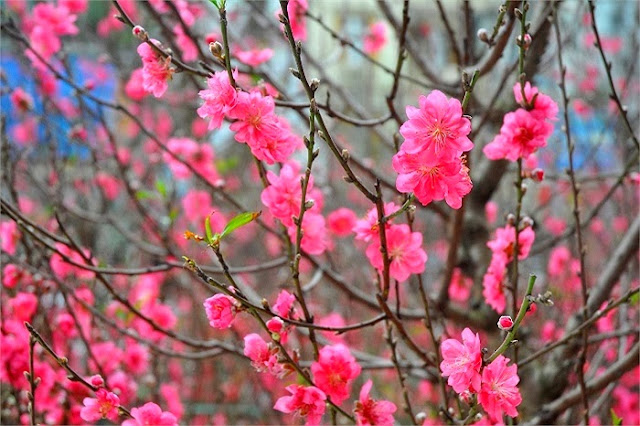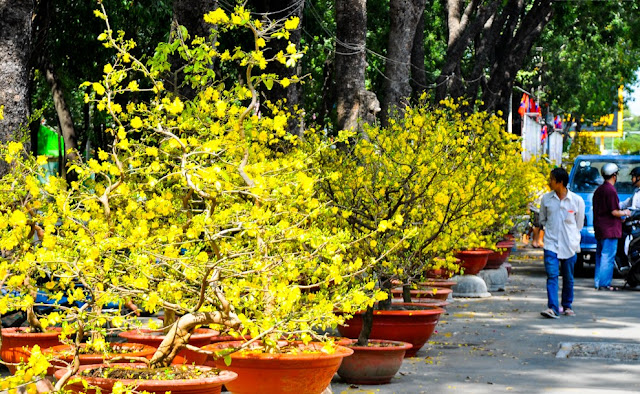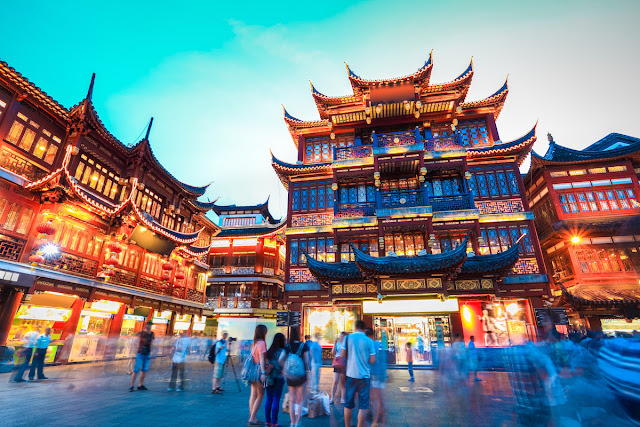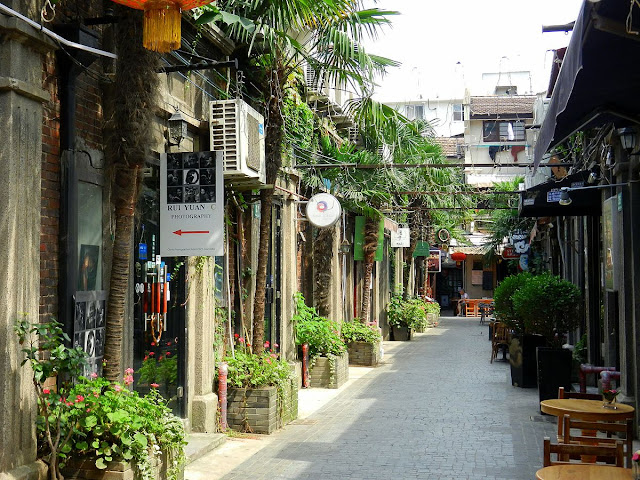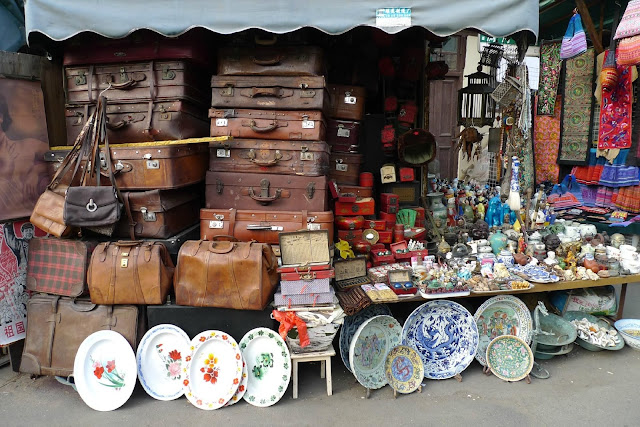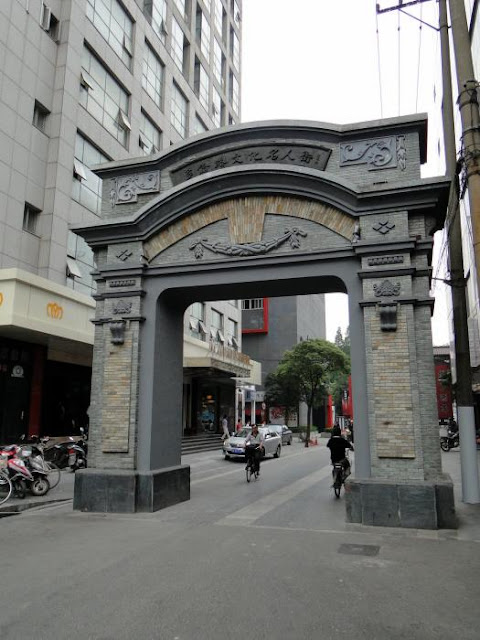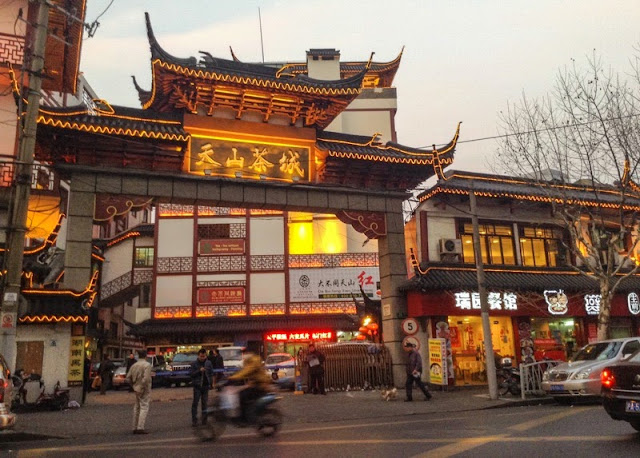The origin of Gunung Kawi
The original complex was built to honour a long dead Balinese king named Udayana. According to one theory the site is dedicated to his wife and three sons, though some historians disagree and say it is dedicated to his four wives. Whatever the case, the funeral monuments for King Udayana and his family are just a part of a sprawling complex of temples.How to get there
The temple complex is easily accessed, only a few hundred meters east from Jalan Raya Tampaksiring main route, from where you continue down on foot to a paved walkway that is lined with art shops and small local warungs. Along a further 300 steps towards the river, lush paddy terraces and gorgeously green valley blend to transport you back in time away from modernity. Where the stairs end, proceed through a stone archway with small pillars each holding an earthen vase filled with holy water, which you sprinkle on yourself before entering the complex.What to expect
It is divided into three separate areas. Four of them can be found on one side of the river and then the largest cluster of five on the other side. But what is often overlooked by visitors is the tenth candi, set about one kilometer back from the other two clusters. So be sure to explore every inch of this incredible place as you will probably find a lot of interesting things to look at that you would not notice at first glance.The candis are believed to be constructed early in the 11th century by King Anak Wungsu in honor of his father, King Udayana. But the candis are not tombs, like many believe, as they have never contained human remains or ashes. Today they are considered to be symbolic accommodations to house the members of the royal family whenever they visit during temple festivals. However, there is still some mystery surrounding their actual intentional purpose.
As you wander through the stunning temple grounds, between shrines, ponds, palm trees and offerings, you cannot help but get a regal, almost magical feeling.
Gunung Kawi is actually made up of 15 separate temples. If you have the time you can spend half a day exploring the site. The main highlight, and what most tourists come for, is the funeral carvings in the cliff. It is a shame that there is such a focus on the cliff carvings, because Gunung Kawi has a lot to offer tourists.
Read more: 10 must-try activities in Bali
Source Internet





